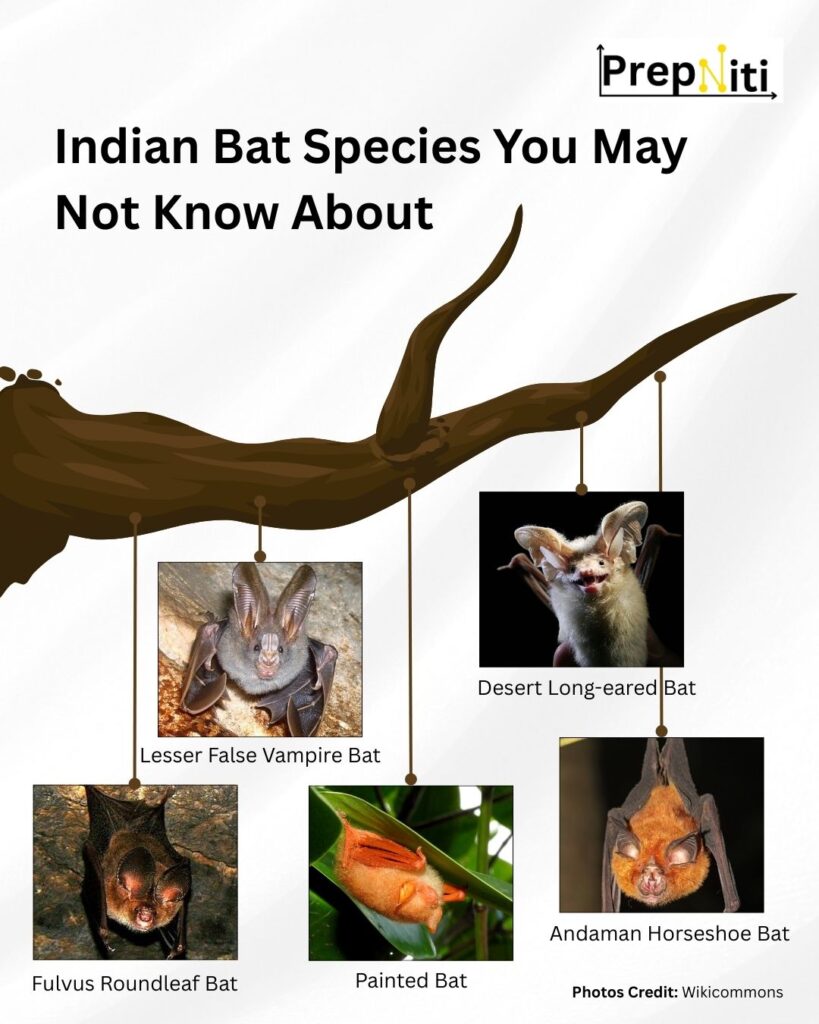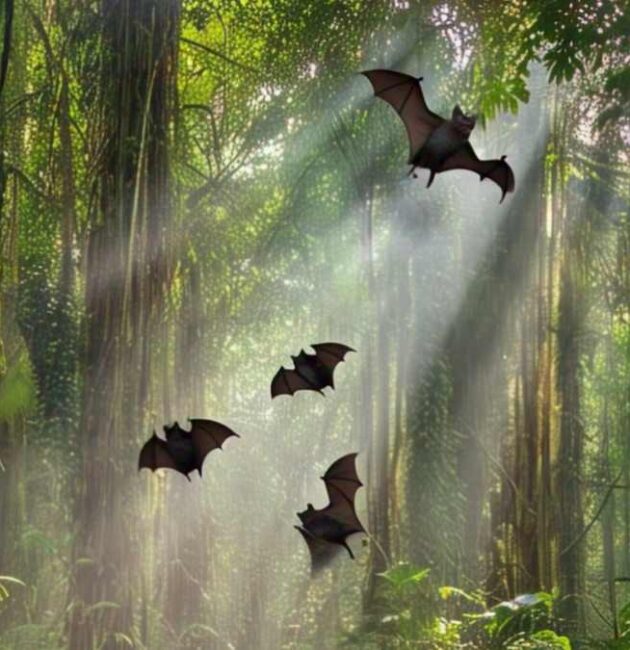Did you know that about 10 billion bats soar through our night skies worldwide? These remarkable creatures often get a bad reputation, but they’re essential to ecosystems across the globe. Let’s explore the fascinating world of these nocturnal mammals that play crucial roles in our environment. Bats serve as key pollinators for many plants, including economically important crops. Because of their ecological importance world celebrates International Bat Appreciation Day on April 17th every year. Let’s have a quick look on the facts related to this amazing species.
Global Bat Population Leaders
Diversity and Distribution
- Over 1,400 bat species exist worldwide, representing about 20% of all mammal species
- India hosts 114 species, including the colorful Painted bat and the Lesser false vampire bat
- Brazilian rainforests support diverse bat populations, including fruit bats, insect-eaters, and nectar-feeders
Notable Indian Bat Species
India’s diverse landscapes support numerous fascinating bat species:

- Andaman horseshoe bat
- Desert long-eared bat
- Fulvus roundleaf bat
- Lesser false vampire bat
- Painted bat
- Greater short-nosed fruit bat
Ecological Importance
- Bats serve as key pollinators for many plants, including economically important crops
- They help disperse seeds, contributing to forest regeneration
- Many endemic plant species, like eucalyptus, depend on bats for pollination
- A single bat can consume thousands of insects nightly, providing natural pest control
Conservation Concerns
- Several bat species face serious threats, with some populations critically endangered
- The Madagascan flying fox has declined to approximately 300,000 individuals
- New Zealand’s lesser short-tailed bat population stands at around 30,000
- Mauritian flying fox numbers have dropped to about 25,000
- The Pemba flying fox population hovers around 19,000
Threats to Bat Populations
- Habitat destruction through deforestation and urbanization eliminates crucial roosting sites
- Climate change disrupts food availability and alters traditional bat habitats
- Pesticide use affects both bats and their insect food sources
- Misconceptions and fears about bats often lead to deliberate harm
By understanding these remarkable flying mammals, we can better appreciate their importance to our world and the urgent need to protect them for future generations.




